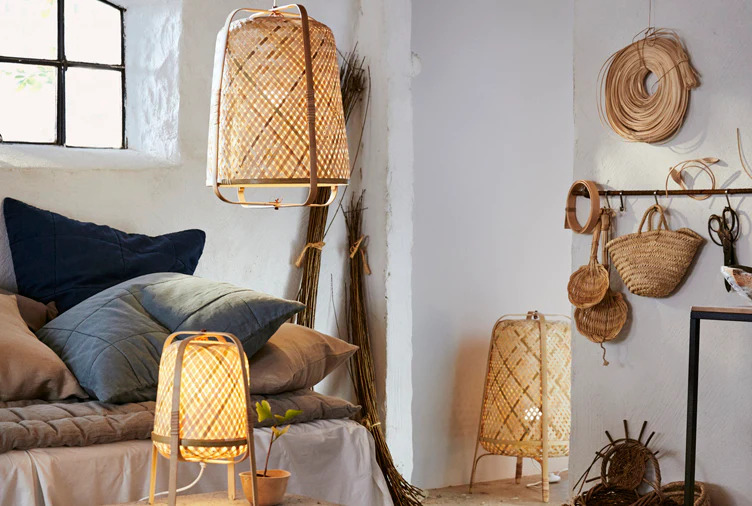The arrival of winter marks a new season!❄️❄️
With this new season comes a sense of mystery and wonder. Another thing that makes this season special is the colourful flowers. From daisies to poppies you can find all kinds of flowers. For countries like India, winter is the perfect season for planting flowers. Moreover, many homeowners grow their own gardens in winter. If you are someone with a little more sense of wonder you must be aware of the concept of the fairy garden.🧚
Fairy gardens are a perfect project to take up this winter. You may believe this to be a difficult task. However, it’s not that hard. You can reuse many items that are lying in your home to create a beautiful fairy garden. However, some of you may wonder what a fairy garden is and why you should put an effort into creating one. This article is a guide for how you can create a fairy garden for your home and why you should spend your time creating a fairy garden.
Let’s dive into the what, why, and how of the fairy garden!!!!🌸
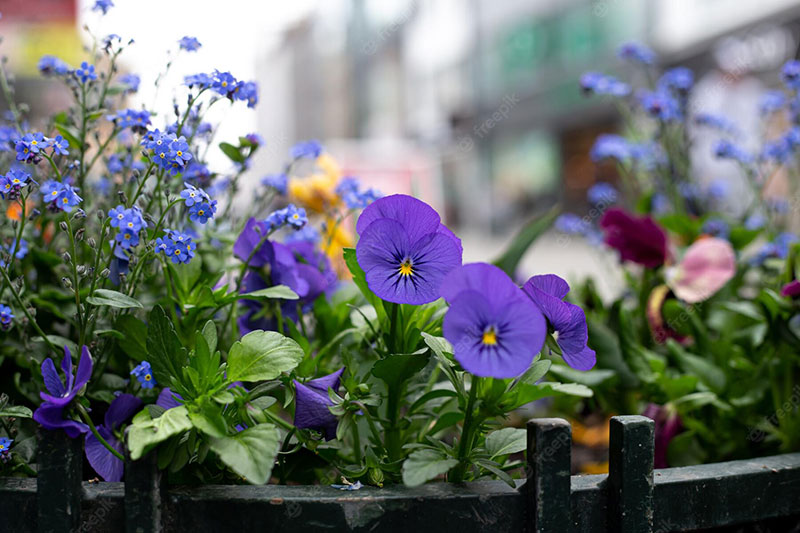
With all this talk of a fairy garden, you may wonder what exactly is a fairy garden.
Fairy gardens are small gardens used for decoration. It grows in pots, planters, garden beds, containers, and other tiny spaces in bigger gardens. These enchanted gardens feature miniature plants, fairy and gnome figurines, garden gnomes, fairy lights, picket fences, fairy houses, birdhouses, and other DIY fairy garden decorations. Miniature gardens, like fairy tales, don’t always have fairies!

What is the goal or function of a fairy garden?
A fairy garden’s “small universe” can inspire creativity in children and adults. They improve sensory development, meditation, and self-control in children and adults. Creating a “fairy garden” is a great way to start outdoor education.
The best aspect is that making a fairy garden is as varied as admiring one. They can become immobile gardens for daydreaming. They can also be turned into fairy, gnome, dragon, wizard, shell, and mermaid miniature gardens for children and adults to enjoy.
To what extent does time spent in a fantasy world like a fairy garden improve one’s mood?
Fairy gardens, with their little garden figurines and natural materials, are a charming way to bring garden joy into your life. Gardening reduces stress, anxiety, and depression increases life satisfaction and improves the quality of life for children and adults.
A tiny garden in the house helps us unwind. Imagining or meditating on a fairy garden calms and focuses children and adults. Gardening and microbe-playing boost mood and life satisfaction.
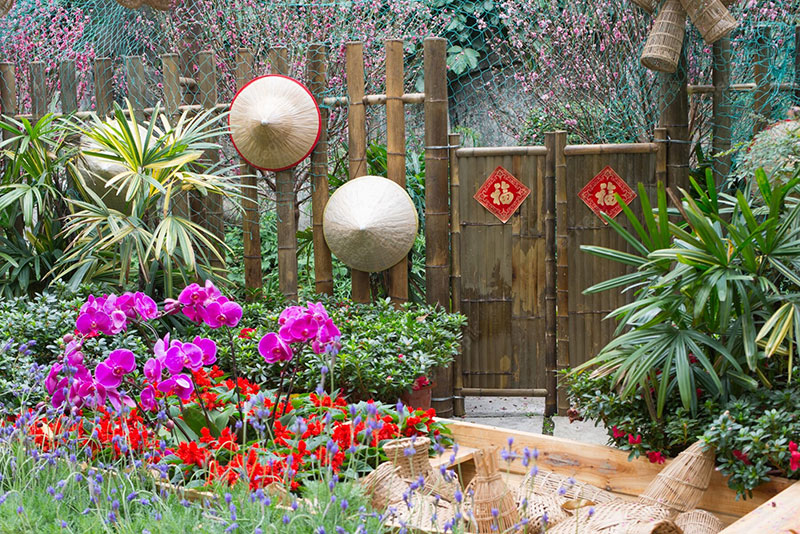
Build Your Very Own Enchanted Garden
Start with a two- to four-inch-deep, twelve- to twenty-inch-wide container. This size is suitable for a little landscape, but the size of your fairy garden is up to you.
Instead of the porous container with a drainage hole advised for container gardening, a shallow and wide container can evaporate water faster and supply more oxygen to the shallow root system. Contrary to container gardening. This promotes root growth and reduces rotting (if the container is much deeper than 4 inches, the addition of a drainage hole is recommended).
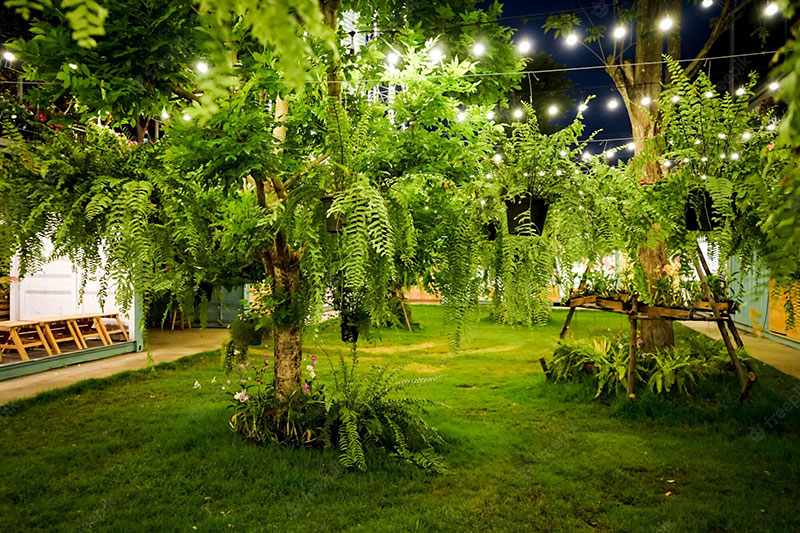
The large container surface area allows the plants to dry out quickly. If the container has no drainage hole, add horticultural charcoal to the bottom and cover it with potting soil mixed with calcined clay (a baked clay product that holds moisture while keeping it available to the plants). Wet, long-fiber sphagnum moss (orchid moss) mulch can assist balance moisture. This moss covers the top soil layer.
Low-growing sedums, little-leaved ivies, Muehlenbeckia (wire vine), Hypoestes (polka-dot plant), Fittonia (mosaic plant), Columnea (goldfish plant), Selaginella (club moss), Peperomia, Ficus Pumila (creeping fig), and jewel orchids are leaf plants. Include small succulents in your gardening.
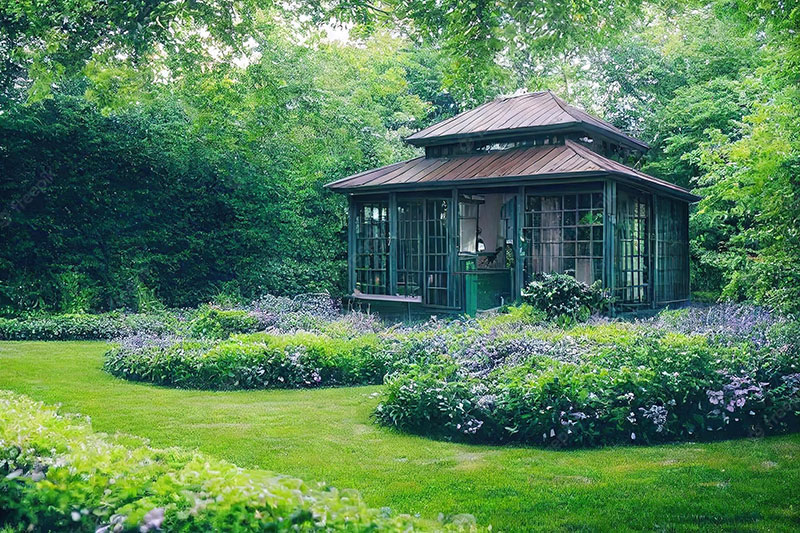
Elements that can help you enhance your fairy garden?
Winter
White is associated with winter because snow is white. Animals and soldiers use snow camouflage to match the snowy landscape.
In a winter fairy garden, you can use a miniature picket fence, twigs, painted white tree branches, white artificial vegetation, and pearl picks, which glisten beautifully.
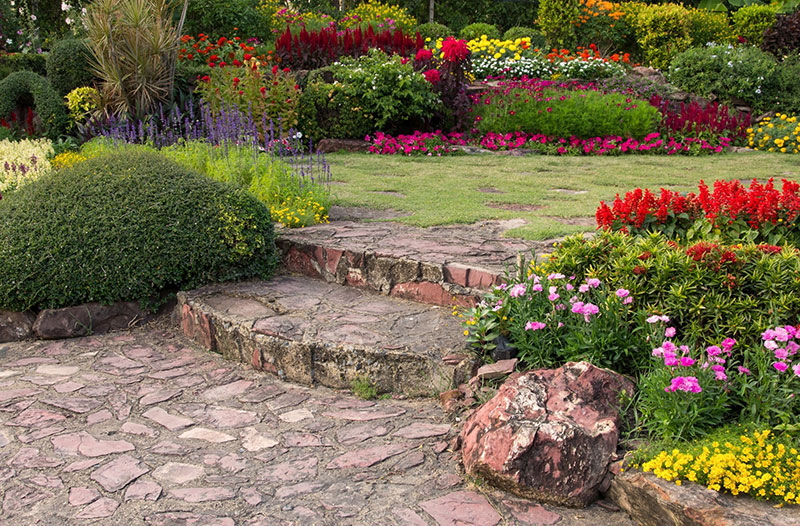
Foliage
A wintry fairy garden requires real-life vegetation. Use fake plants abundantly. To make them look snowy, paint them white and remove some tree leaves.
As you can see, fairy gardens can feature ferns, succulents, and wintry evergreen trees.
A fairy garden can be a unique and interesting addition to your home. The best thing about these fairy gardens is you don’t need a huge space, you can grow them on your balcony, terrace, or your front porch. If you need help with designing your outdoors or garden you can always contact Shreya Designs for their consultation.

